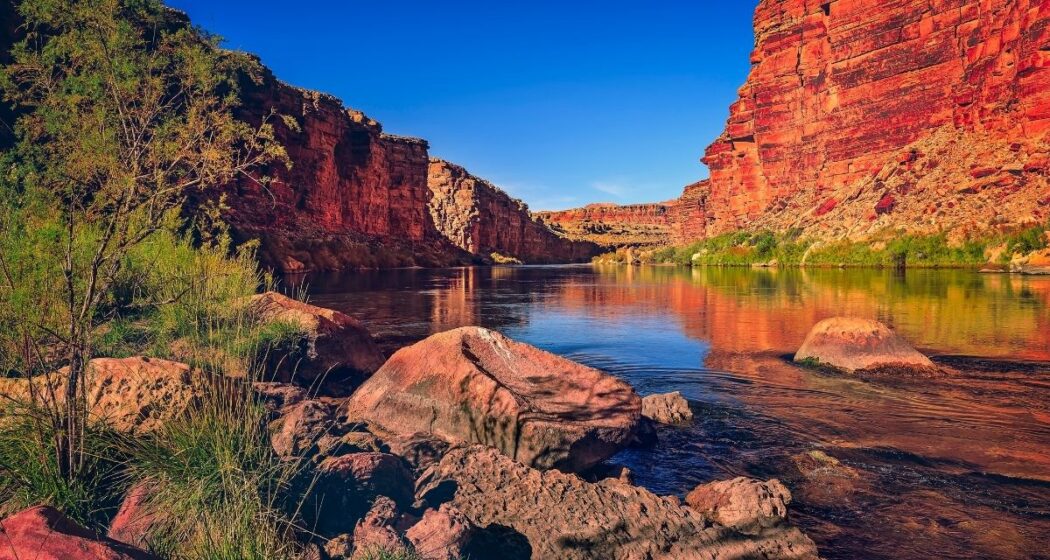Have you ever heard of the Colorado River Indian Tribes? If not, it’s your time to learn! With everything from tourism to casinos, there is something for everyone to enjoy. This article is brought to you by CKP Insurance, which has a mission of protecting Indian American ranchlands from drought.
About Colorado River Indian Tribes
There are four distinct Tribes that make up the Colorado River Tribes, the Mohave, Chemehuevi, Hopi, and the Navajo. Currently, there are about 4,277 active Tribal members. The Reservation was created in 1865 by the Federal Government for “Indians of the Colorado River and its tributaries,” originally created for the Mohave and Chemehuevi, who had inhabited the area for decades. It wasn’t until later years that the Hopi and Navajo Tribes were relocated to the reservation. Geographically, the reservation spans the Colorado River on both the Arizona and California side. It includes almost 300,000 acres of land, with the river serving as the focal point and lifeblood of the area.
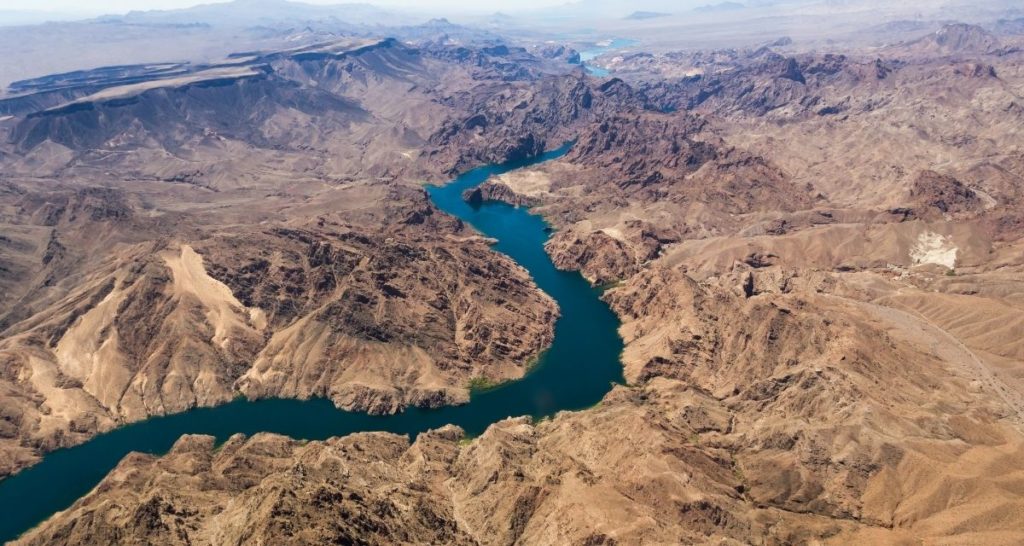
The main community on the reservation is Parker, Arizona, which is located on a combination of Tribal and leased land that is owned by CRIT and non-Native Americans. There are other, smaller communities on the reservation, including Poston, which is located 10 miles south of Parker. The town of Poston was one of the United States’ largest Japanese internment camps, where thousands of Japanese-Americans were held over a three-year period during World War II. In the campsites’ place now, there is a monument dedicated to those who died and suffered while in internment, and the tribe is currently in the process of creating a museum to commemorate the era.
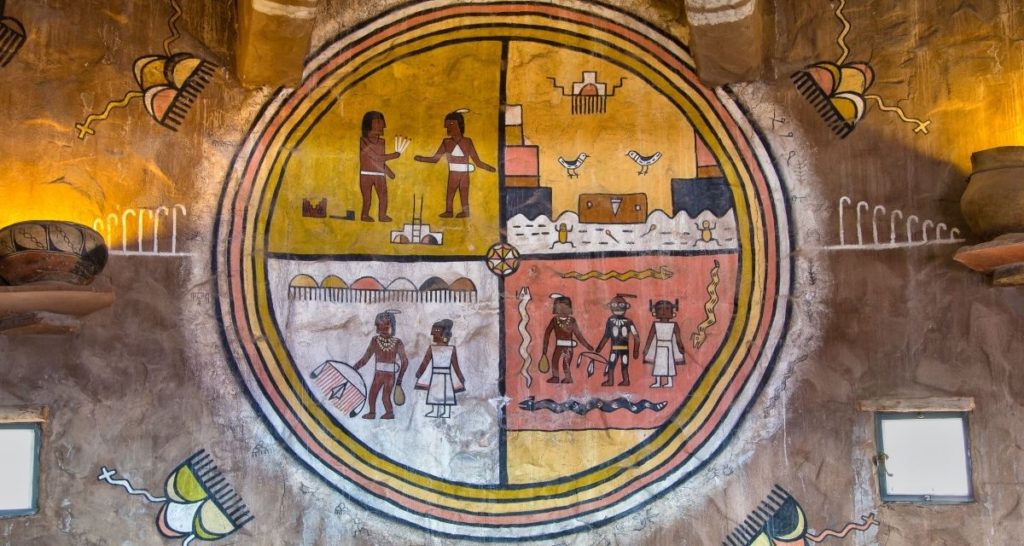
The main economic activity for the reservation has always been agriculture, which goes back to the days when mesquite trees were plentiful along the banks of the river and were used for everything from food to Tribal traditions and ceremonies. Colorado River Indian Tribes continue to have a strong farming and agricultural industry, including growing cotton, alfalfa, and sorghum.
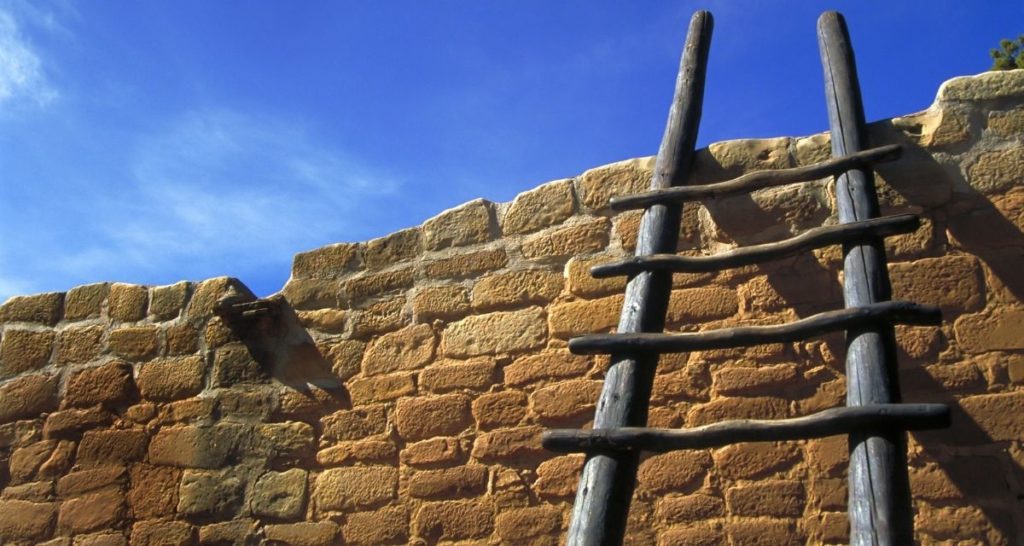
Things to Do
BlueWater Resort & Casino
The BlueWater Resort & Casino is a one-of-a-kind casino and resort, that includes more than 200 hotel rooms with spectacular views of the Colorado River. The resort includes a casino with more than 450 slot machines, Keno, Blackjack, and many other gaming opportunities. It also has several restaurants, a conference center, and a multi-screen movie theater. Major national acts perform frequently at the resort’s amphitheater. The BlueWater Resort & Casino is a great launching point for the enjoyment of recreation opportunities on the Colorado River. The resort has a 160-dock marina and is just one of the dozens of locations where those interested in river recreation can enjoy what the Colorado River has to offer.
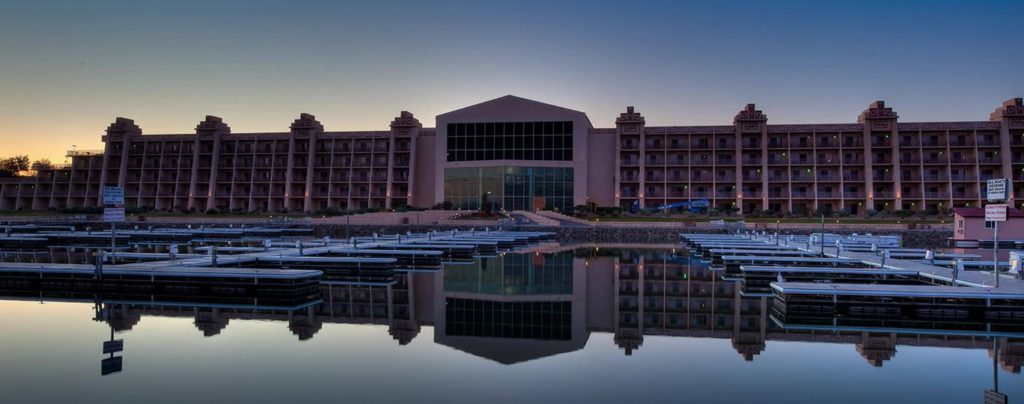
Ahakhav Preserve
The ‘Ahakhav Tribal Preserve was established in 1995 and currently consists of 1,253 acres of wilderness and a 3.5-acre park. The preserve is centered around a reconstructed Colorado River backwater, which offers a variety of activities including fishing, canoeing, birding, and swimming. The preserve also maintains a 4.6-mile trail as well as playground and picnic facilities located in the park. One goal for the preserve is to provide recreational and learning opportunities to the surrounding community as well as visitors. Another goal is to serve as a revegetation area for endangered and threatened plants and animals native to the Lower Colorado River Basin. The preserve is an ongoing project to study methods of revegetation and restoration that may be used throughout the area.
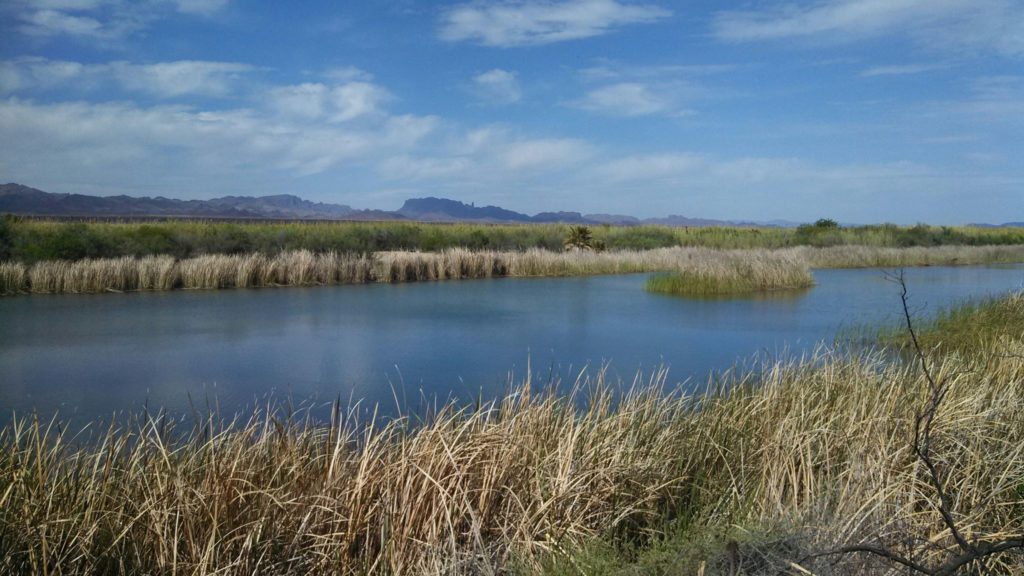
Poston Monument
This Memorial Monument marks the site of the Poston War Relocation Center where 17,867 persons of Japanese ancestry, the majority of whom were United States citizens were interned during World War II from May 1942 to November 1945. All persons of Japanese descent living on west coast farms, businesses, towns, cities, and states were forcibly evacuated by the United States military on the grounds that they posed a threat to national security. This massive relocation was authorized by Executive Order 9066, signed by President Franklin D. Roosevelt on February 19, 1942. This Memorial is dedicated to all those men, women, and children who suffered countless hardships and indignities at the hands of a nation misguided by wartime hysteria, racial prejudice, and fear. May it serve as a constant reminder of our past so that Americans in the future will never again be denied their Constitutional rights and may the remembrance of that experience serve to advance the evolution of the human spirit.
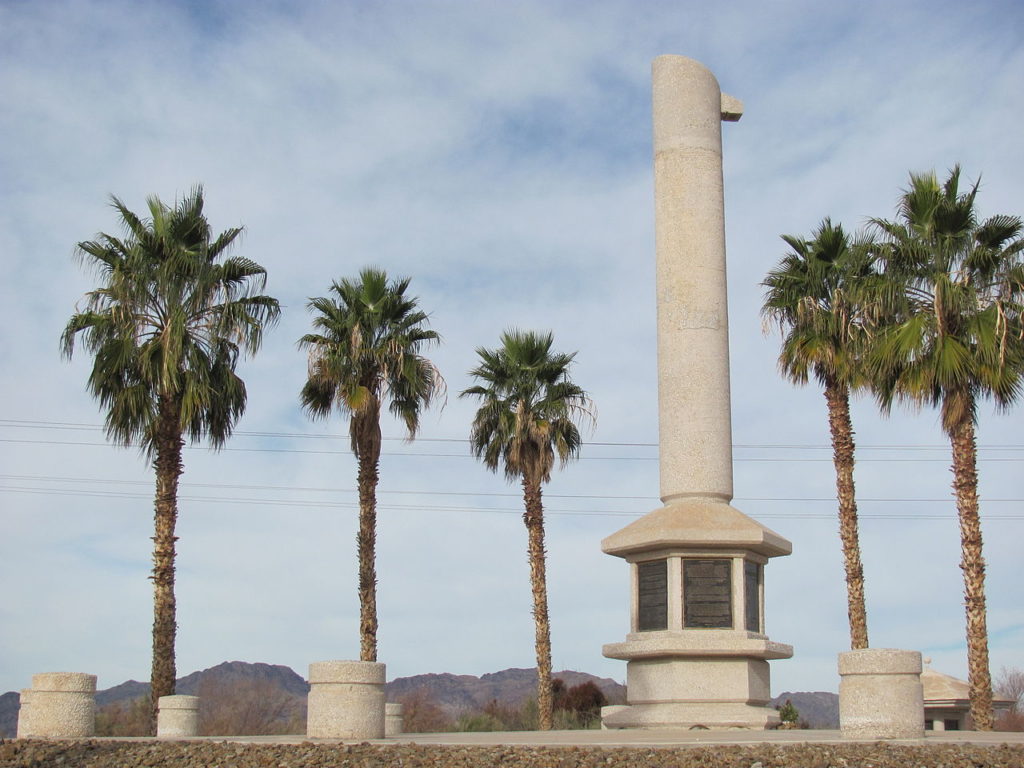
Blythe Intaglios
The Blythe Intaglios were discovered In 1931 by an airplane pilot but their dates of origin, purpose, meaning, and who created them remain a mystery. They could be more than 1,000 years old but are probably 200 years old. They could have been made by Mohave Indians; however, present-day Mohave says they don’t have any knowledge of their origin. It’s a possibility that Indians living in the Great Colorado River Valley, centuries ago, created gigantic figures on the ground’s surface. The figures are known to archaeologists as “Intaglios” (In tal yoe), an Italian term that refers to an engraving art process. This type of antiquity is very uncommon worldwide. The Intaglios known to exist in this continent are in the southwest and most are near the Colorado River. The Blythe Intaglios are located approximately 15 miles north of Blythe, California.
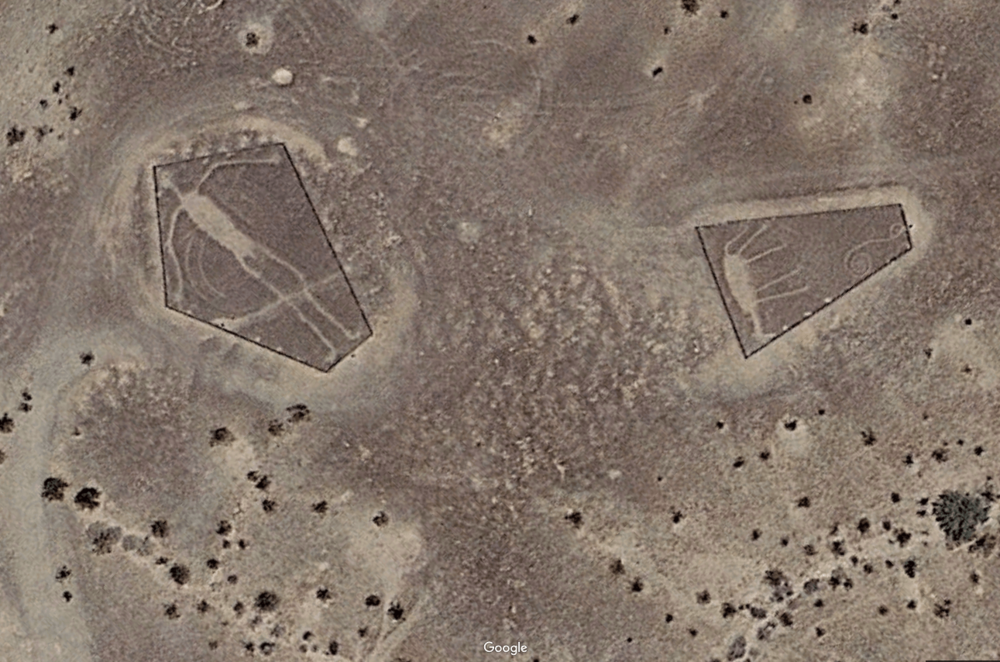
Colorado River Indian Tribes Museum
Located at the Tribal Government complex in the same building as the CRIT Library, the CRIT Museum provides a comprehensive history of the Colorado River Indian Tribes and their heritages and traditions. The museum houses cultural artifacts and exhibits, photos showing Tribal history, and provides an overview of CRIT and its people. Its exhibits and information date back to before the CRIT Reservation was established in 1865 and run through the present day.
CKP Insurance has teamed up with the Colorado River Indian Tribes
CKP Insurance
Our trained professionals will walk you through a range of options using risk-assessment tools that will help you manage your risks when there is a drought in your area. The U.S. government subsidizes 51%-59% of the premium.
Those Who Expect More Choose CKP
You Built It. We Can Help You Protect It.
Pasture, Rangeland, Forage Insurance was designed to help protect your operation from the risks of forage losses that are produced for grazing or harvested for hay, resulting in increased costs for feed.
Anyone can sell you a policy. But CKP Insurance invests the time to understand your needs and develop a strategy that will help you protect and manage your business risks and operations, rain or shine.


